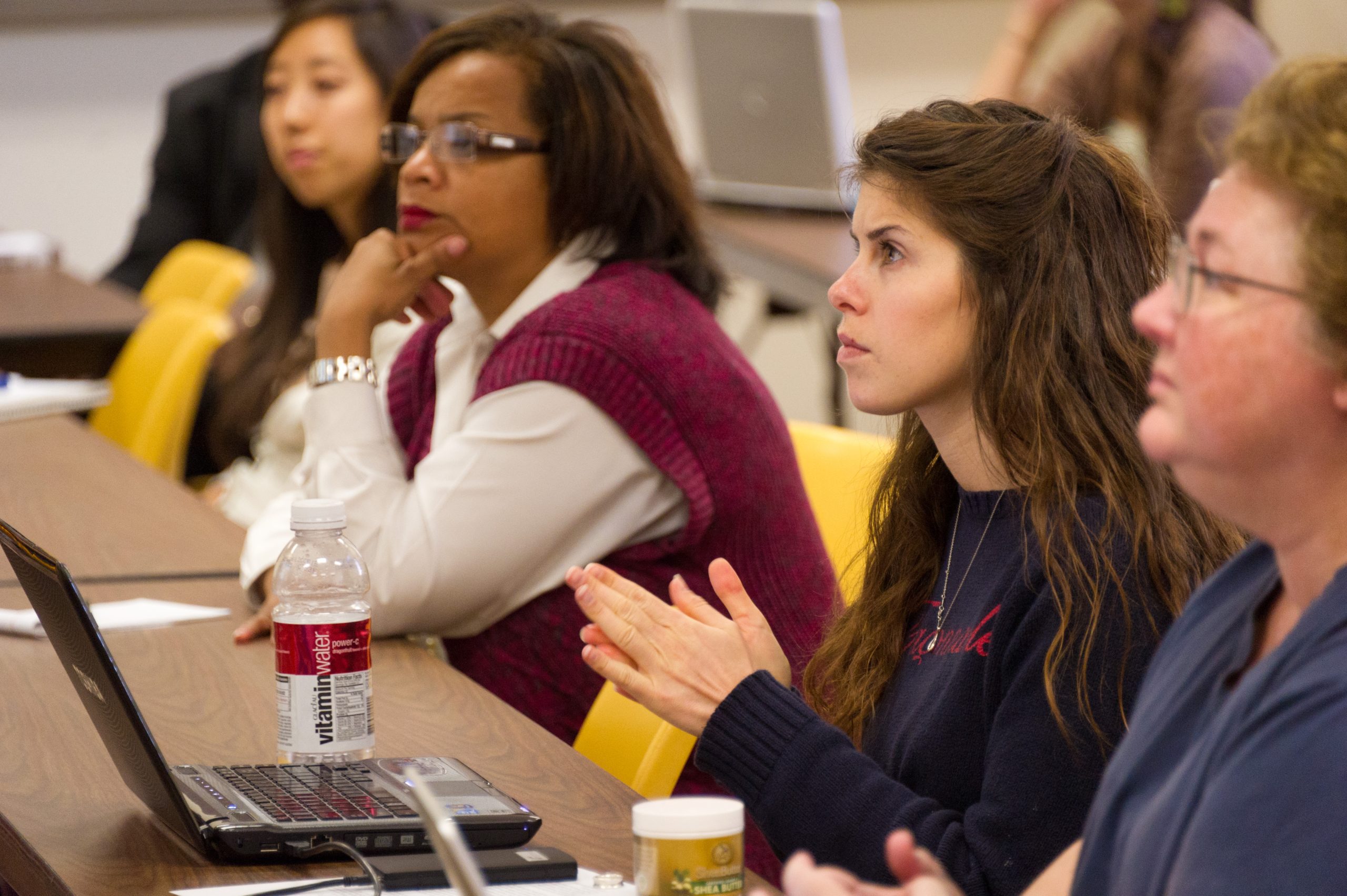Gary Chapman, a fellow photographer, commented the other night that he enjoys having written something versus the act of writing. I couldn’t help but laugh.
Gary’s comment got me thinking, and since I like to do armchair sociology, I came up with thoughts about how we learn to read and write versus visual literacy.
While I have a master’s degree, I went through more than seventeen years of formal education, but I still struggle with writing.
Testing revealed that I have some form of autism, and I believe I most likely have Asperger’s syndrome. I consider this a blessing. My wiring is different; therefore, this has given me a unique view of the world. It also explains why writing is complex, and I excel at visuals.
There are different ways people see the world and learn. I am a visual thinker and learner. What I struggle with regularly is writing, which is linear thinking.
How do you know if you are good at something? With reading and writing, you get affirmation through grading. All through school, you learn how to read and get tested on your retention. Just because you can read it doesn’t mean you can write.
In contrast, we go through extensive training to learn how to read and write to visual literacy. The education system teaches us reading and writing but not how to understand visual communication unless we take an art appreciation class. Learning to appreciate good visual communication isn’t the same as knowing how to create visual communication.
When kids return to school at the end of this summer, many will have a traditional assignment to write about their summer experiences. The project concerns how many teachers evaluate their writing skills and what they may have to teach to get the students up to grade-level writing.
If we had been required to hand in our photos from those summers, many of us would have discovered that our pictures would have earned failing grades. Instead, we failed grades because we lacked visual skills. You cannot create visuals that convey a message if you don’t know how visuals communicate.
 There are many resources to help you learn about visual literacy, but not as many as we have for understanding reading and writing. You can get one book, The Power of the Gaze (New Literacies and Digital Epistemologies), on Amazon. Here is a description of the book: The Power of the Gaze, a textbook on visual literacy, entices the reader to seek significant structures in everyday visual reality called visual orders. These graphic orders are in representations, visible surroundings, or nonverbal interaction that relies on gaze. To understand what one looks at, one must first understand what it means to gaze and what it means to look. Visual literacy is the critical understanding of the meanings of graphic orders. The book is for all readers interested in visual culture and its phenomena. I recommend taking time to learn to read visually and then learn how to create visuals. This skill is essential if you work in the communications field.
There are many resources to help you learn about visual literacy, but not as many as we have for understanding reading and writing. You can get one book, The Power of the Gaze (New Literacies and Digital Epistemologies), on Amazon. Here is a description of the book: The Power of the Gaze, a textbook on visual literacy, entices the reader to seek significant structures in everyday visual reality called visual orders. These graphic orders are in representations, visible surroundings, or nonverbal interaction that relies on gaze. To understand what one looks at, one must first understand what it means to gaze and what it means to look. Visual literacy is the critical understanding of the meanings of graphic orders. The book is for all readers interested in visual culture and its phenomena. I recommend taking time to learn to read visually and then learn how to create visuals. This skill is essential if you work in the communications field.

